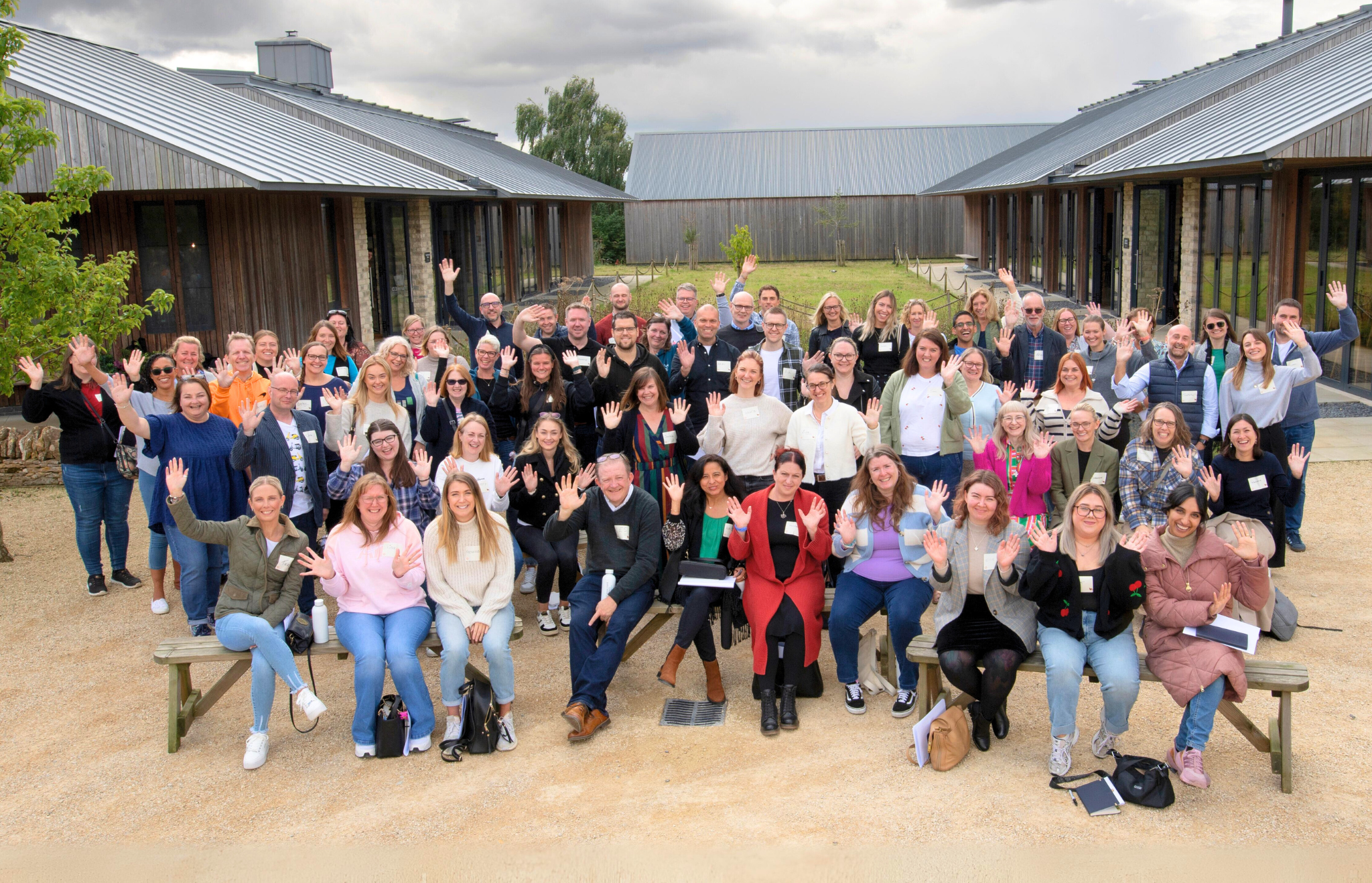
Paraplanners from all over the country gathered for the Paraplanners’ Assembly’s Big Day Out 2024 on 12 September 2024.
From its first meeting in 2013, the Paraplanners’ Assembly’s annual gathering has created space for sparking collaboration and conversation among paraplanners that is unlike any other event in the world of wealth management.
Why?
The Big Day Out is an informal gathering that offers six hours’ worth of CPD thanks to its combination of tailor-made interactive sessions led by hand-picked experts (and designed especially for the event), and group discussions facilitated by paraplanner hosts.
It makes for a supportive and encouraging space in which you can listen and learn, and share ideas, knowledge and insights. And it’s a unique environment in which you can really focus and flourish – both professionally and personally.
You’ll feel you belong at The Big Day Out because The Big Day Out belongs to you. Here’s what happened at The Big Day Out 2024.
Welcome!
Assembled paraplanners joined us in the conference barn for a welcome from Big Day Out hosts, Sam Tonks and Chris Wormwell.
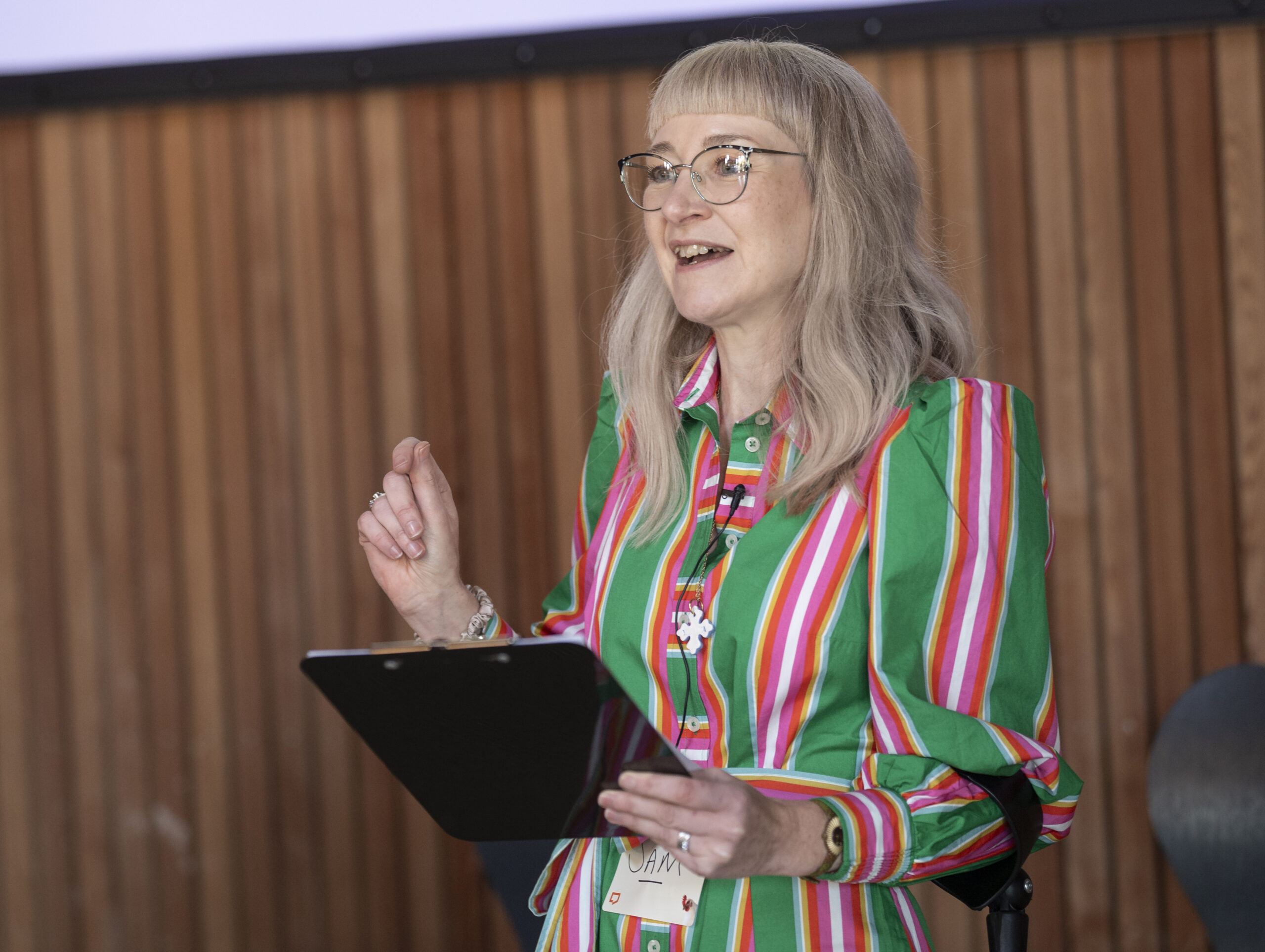

Then we got straight into…
Hone it. Own it: One hour to perfect your development plan
New for this year, and designed especially for the Paraplanners’ Assembly, we open and closed the day with two really interactive sessions led by Arch Inspire’s Rachael Hurdman.
What were they all about? How to create an actionable and practical plan to achieve your personal and professional development goals.
But this wasn’t some dry run-of-the-mill classroom-type session because IT WAS A BIG DAY OUT! So Rachael shared practical tools, techniques and insights that (1) participants could try out throughout the sessions at your Big Day Out and (2) will last participants (and people back at the office they shared them with) for years.
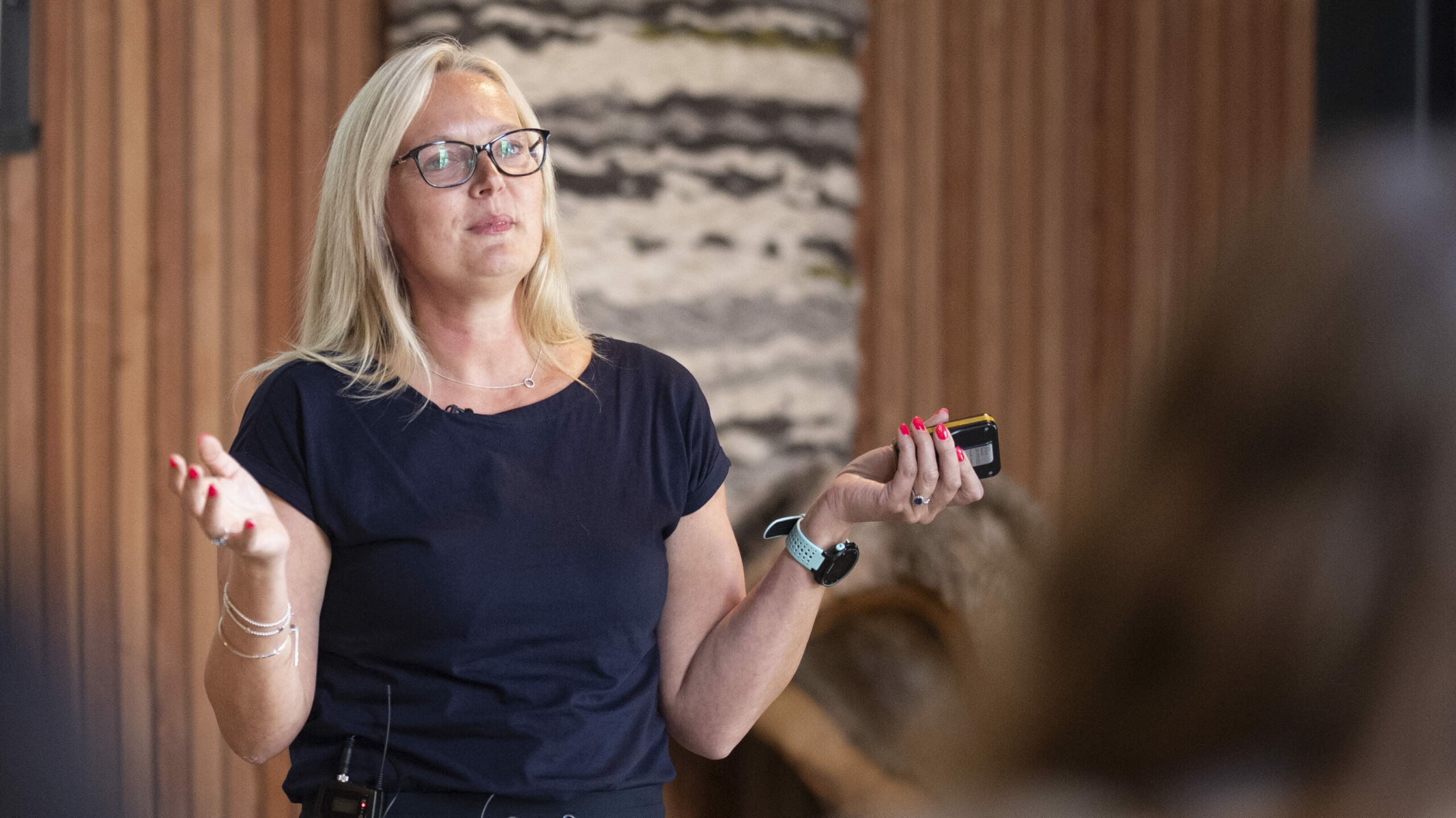
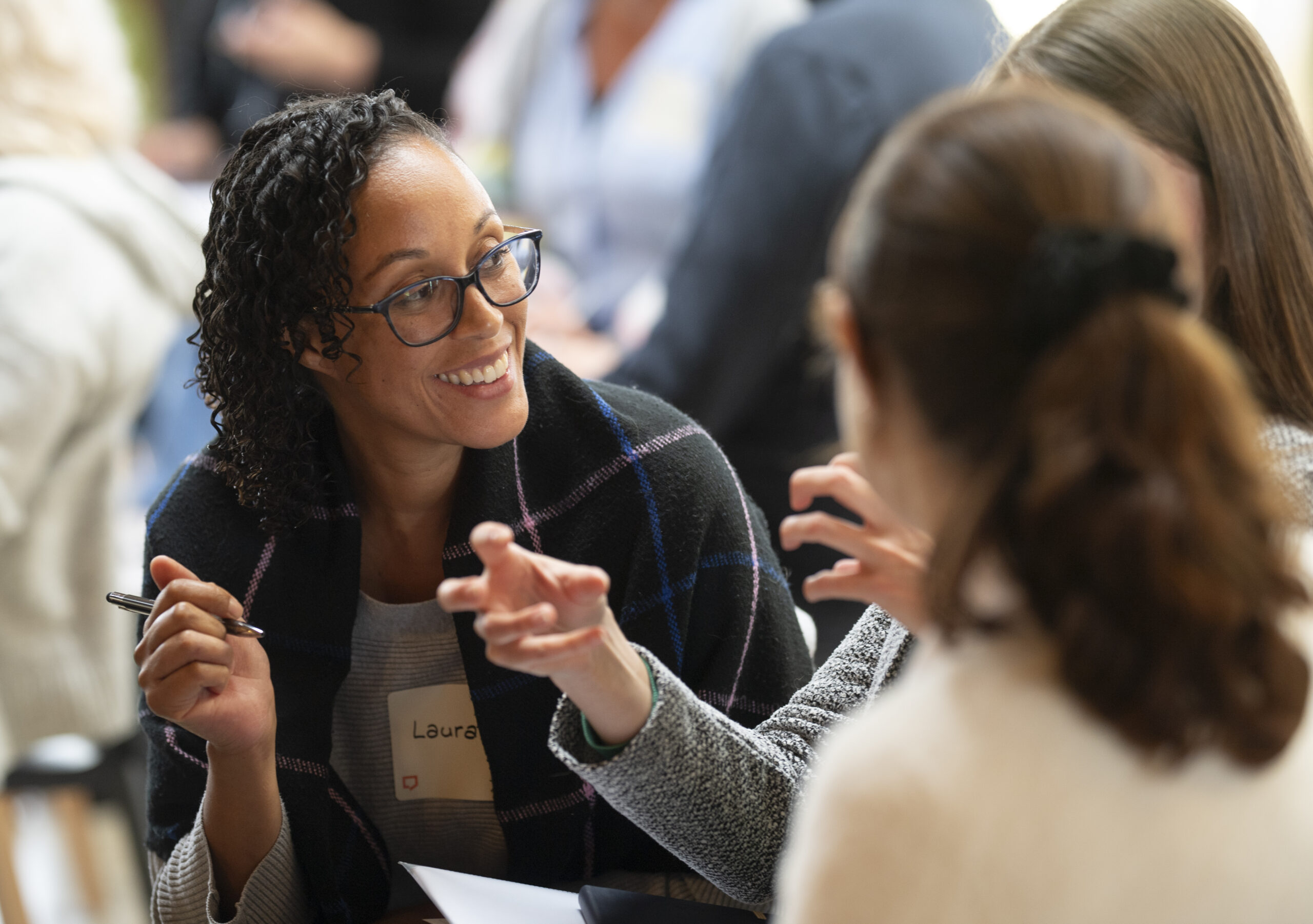

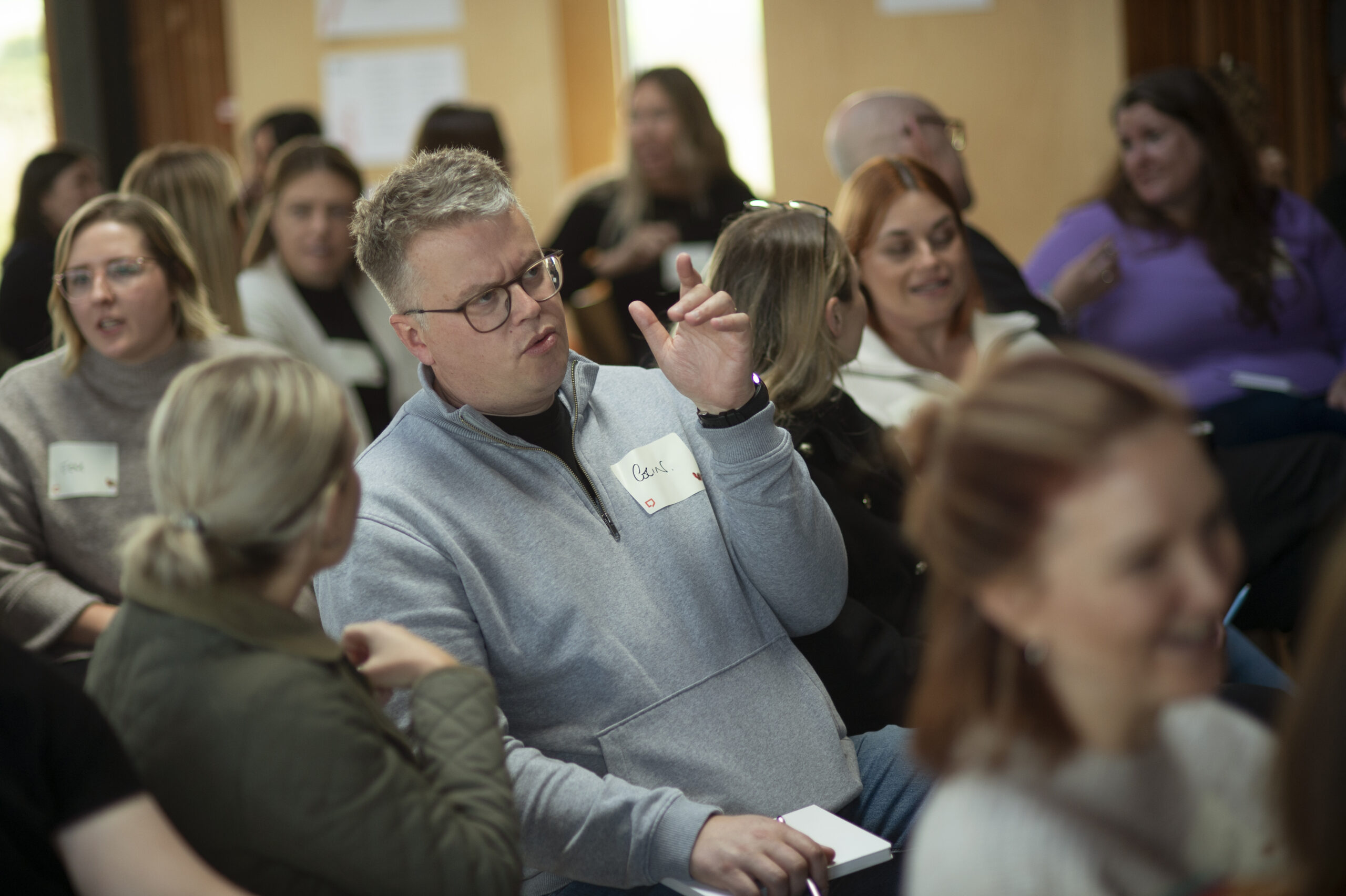
Crop Rotations
Following the opening session, the Assembly split into three groups (called Crop Rotations) to tackle three topics over three 45-minute sessions.
ROTATION A
Quiz the experts
Our technical sessions are a perennial favourite among paraplanners.
After all, it could be the one chance you get this year to fire any question you can possibly think of at experts who – we’re pretty certain – will be able to answer them. (As long as it’s a technical paraplanning question and not e.g. ‘Yes, but what’s the universe expanding into?’)
This year is no exception. Your stellar quartet of experts includes:
– Les Cameron of M&G Wealth
– Gareth Davies of Scottish Widows
– Natalie Howard of Canaccord Genuity
– Brian Radbone of Transact
So begin collecting your questions today and you’ll be all set to quiz the experts on the day.
ROTATION B
Productivity tips you live by. Apps and tools you can’t live without.
Because the Big Day Out attracts paraplanners from companies large and small, and from in-house and outsourced teams, we know that the ability to influence things such as report content and formats, and choice of software and tech tools varies widely among participants.
But one thing that won’t vary widely is the way we go about getting our own stuff done.
So that’s what this session is all about: what’s the secret to your day-to-day personal productivity? What are the tips or techniques that help you get things done? And what tools, apps or websites do you keep coming back to?
Whether you’re the world’s leading expert on the application of the Pomodoro method, Eisenhower matrix and tried all the task management apps – or are thinking ‘Pomodoro what?’, this will be a fantastic chance to discover how and why other paraplanners do what they do, the way they do.
ROTATION C
You, clients and the future of advice technology.
You already know how influential technology is in day-to-day paraplanning. But what does the future of work look like for paraplanners with the arrival of AI? In this crop rotation – designed especially for the Big Day Out – NextWealth founder and managing director, Heather Hopkins, will lead a conversation that’s all about how technology is changing advice, what innovations are coming down the line, and how they’re likely to influence the practice of paraplanning.
This is a fantastic opportunity for you and your paraplanning peers to share what you think and feel about the future – and technology’s role in it.
From due diligence to data, and research to report writing, this is a unique chance to explore how emerging technologies will influence paraplanning facilitated by one of the most influential figures in UK advicetech today

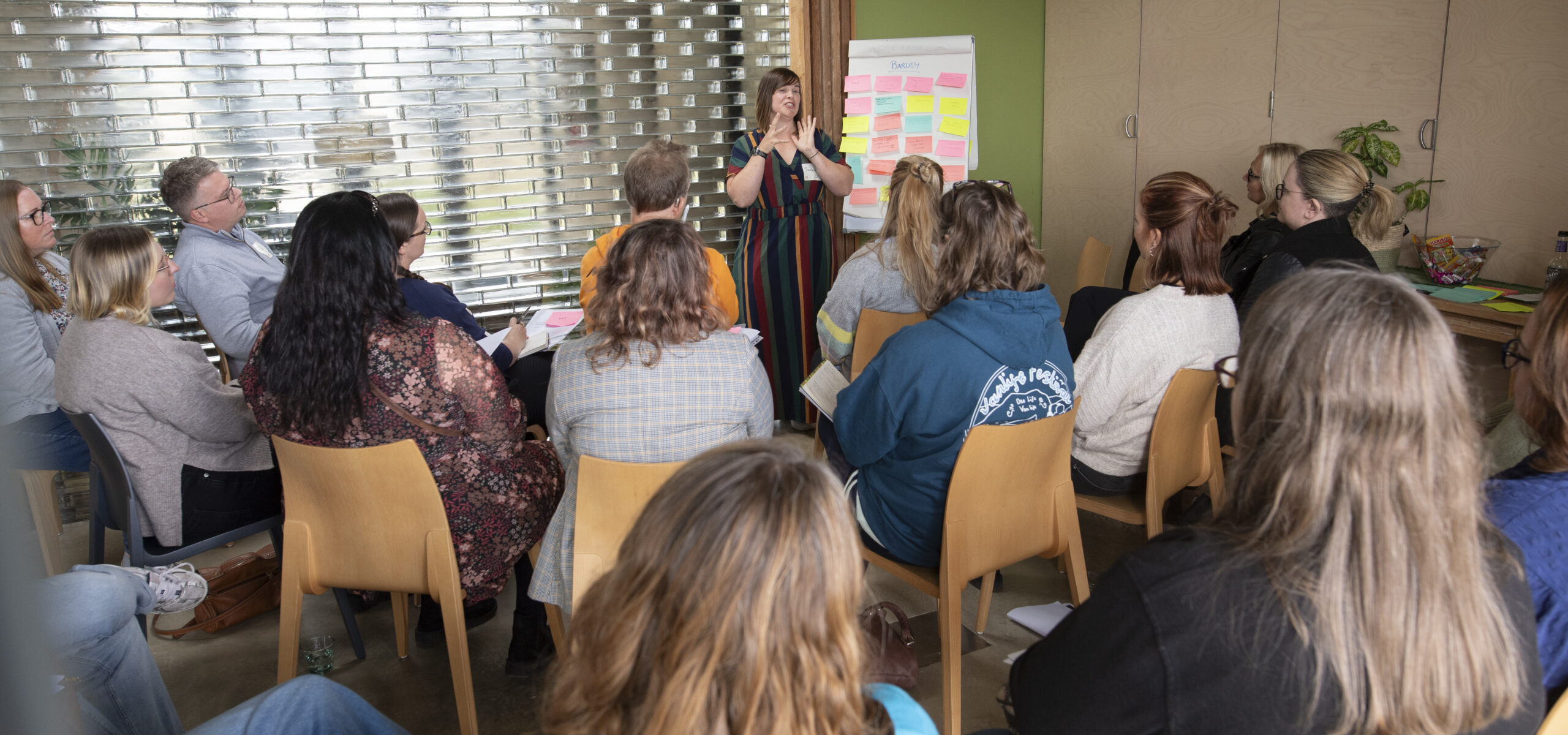
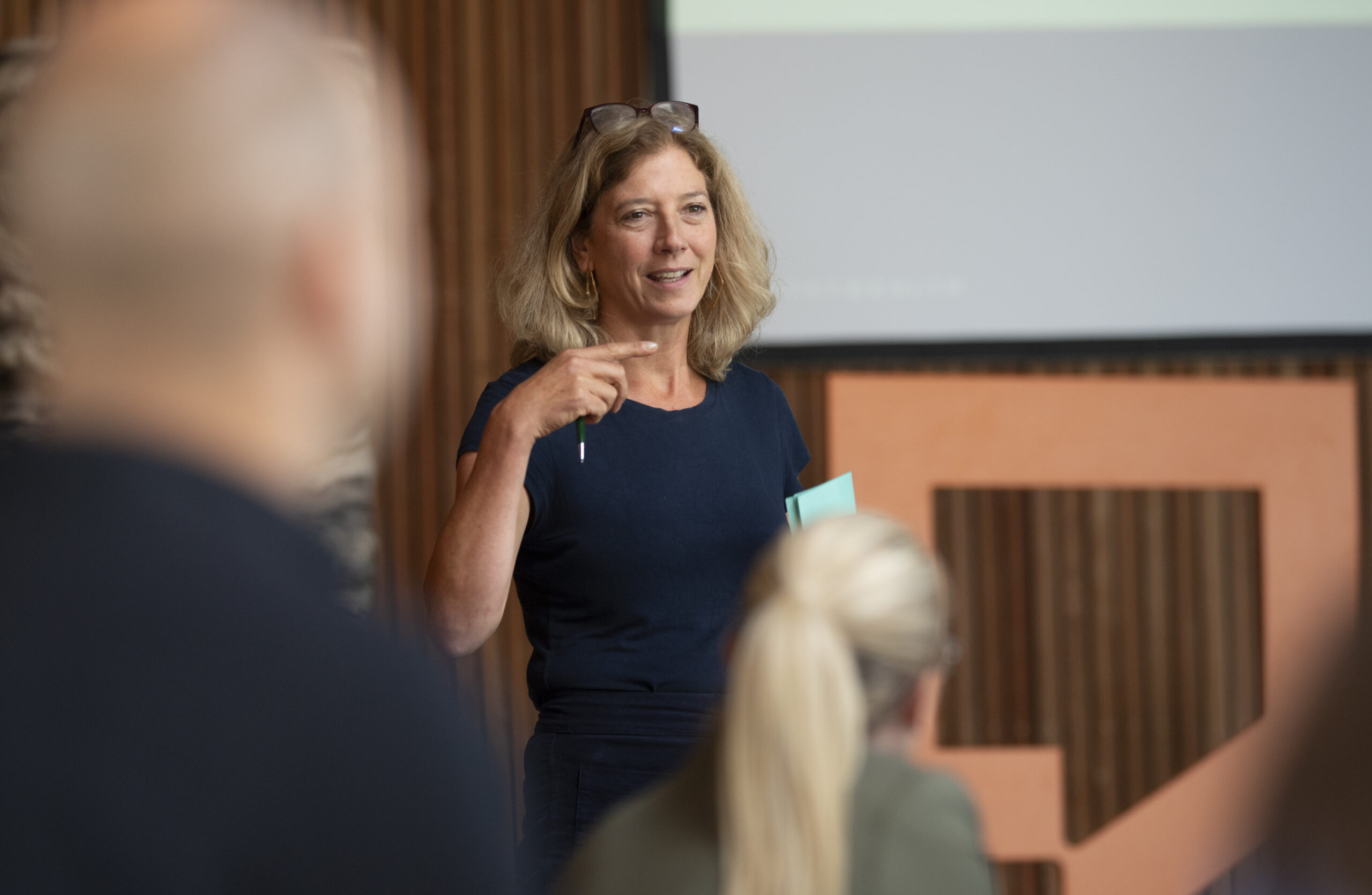
Lunch
Locally sourced and freshly prepared, we tucked into pulled pork or vegetarian chilli (or both!) along with loads of healthy salads and slaws that were grown on the farm.

Hone it. Own it: Part Two
Rachael Hurdman returned and, in this closing session, invited participants to take a couple of practical steps that will enable you to gather the loose ends of your personal action plan. It was another really interactive session where you could try out your new tools, and round off your development plan – and Big Day Out – perfectly.
And finally…
The Paraplanners’ Assembly
It was time for the session after which the Assembly is named. Just like at our first gathering in 2013, Sam and Chris will opened up the floor for you to share anything that’s on your mind.
For the first time in three years paraplanners from all over the country were able to gather for real for the Paraplanners Assembly’s Big Day Out at FarmED near Chipping Norton in Oxfordshire on 15 September 2022.
Learning objectives
We opted for a blend of small group sessions – which we called Crop Rotations – and all-together sessions.
Crop rotations: Morning
For the pre-lunch sessions, we split the Assembly into three groups: Barley, Oats and Wheat.
Participants were assigned to a group and each group rotated around the three topic sessions. Conversations in each topic session were facilitated by hosts and experts. Each session lasted for 45 minutes. The topic session for rotations 1, 2 and 3 were:
What will consumer duty mean to you?
Experts: the lang cat’s Mike Barrett and Mel Holman from CATS.
The art of challenging conversations
Expert: Becca Timmins from Time to Think and Emery Little led a session on challenging conversations.
Pep up your paraplanning processes
Experts: LIFT Financial’s Jonny Stubbs and Chris Baigent-Reed from Jigsaw Tree.
After lunch, participants were assigned to a NEW group: Apples, Cherries, Pears or Plums.
That’s because we combined two groups for the session on report writing but – by the miracle of organisation – ensured each group gets a technical Q&A all to itself. So the topics for rotations 4 and 5 were:
Technical Q&A
Panellists: Les Cameron and Neil MacLeod from M&G Wealth, and Transact’s Brian Radbone and Barnett Waddingham’s James Jones-Tinsley.
Three things that get in the way of clear, compliant and client-friendly report writing
Experts: Melissa Kidd of Motem with Mel Holman from CATS.
Broken link or duff information?
If something’s not quite right on this page, please tell us what you spotted now at our bug list.
We all know that research and due diligence is a key skill for paraplanners.
And with discretionary fund management (DFM) services becoming more popular – whether bespoke or model portfolios – the demand for these skills is only going to increase.
In our latest online Assembly, we’re bringing together experts who are able to share perspectives from both sides of the DFM equation.
Learning objectives
During this session we…
Explored the approach and processes you can adopt to carry out research discuss the tech that’s out there that can help Invited DFM guests to tell us what they think paraplanners should ask…but don’t Discover what kind of due diligence DFMs carry out for themselves
Did you nearly get RSI writing down all the research and analysis tools paraplanners rate in this online assembly? If you missed a few or just couldn’t keep up, you are in luck as we have popped them all down here.
Plus if you missed the actual live event, watch it here to find out more on why we rate these tools and what we find them useful for.
Fund research
- FE Analytics (helpful assemblies on this tool are here and here)
- Trustnet
- Morningstar
- Fundecomarket
- Worthstone (Their next Impact Investment Academy is on Tuesday 16th November 2021 and can be found here)
- Ethical Screening
- DD|hub
Wrapper and product research
- Langcat Platform Analyser
- WrapCompare
- NextWealth Directory
- Synaptic
- Defaqto Engage
- Tax Efficient Review
- MiCap
- iPipleline (Assureweb)
- Iress Exchange
- CI Expert
- Selectapension
- Boring Money
Technical researcH
- Big Tent
- Standard Life Tech Zone
- Prudential
- Old Mutual Wealth
- Royal London
- Techlink
- HMG & HMRC
- ONS
- My Care Consultant
- Law Society IHT Handbook
Financial planning
These are sites to find out general information and do analysis and planning research.
- Prudential Tools & calculators
- Royal London salary sacrifice calculator
- Age UK
- TFP Calculators
- Listentotaxman
- The Salary Calculator
- Reverse Tax Calculator
- State Pension Age Calculator
- ONS Life Expectancy Calculator
- Money Advice Service
- Mortgage Overpayment Calculator
- Royal London rates & Factors
- Just CY calculator
- Invidion
- Vanguard Pension Calculator
- BOE inflation calculator
- Voyant
- Cashcalc
- Moneyscope
- Timeline
Others
Remember, you can watch the show here and if you have any more questions, people are always happy to help on the Big Tent.
FE Analytics is one of the most popular tools in the paraplanning community, so we are happy to be joined one of the FE team to explore some of its features.
Learning objectives
In this session we covered…
- How to build a portfolio
- The importance of setting portfolio weighting dates
- Aligning portfolio asset mix to suggested allocation
- Representing cash in analysis and portfolios
- Ex-ante costs and charges calculator
- Account admin
The ins and outs of investment research
Learning objectives
In this session we covered…
- How to read a long scan from FE Analytics. We’ve all looked at them but what does it all mean and what can we do with it?
- How to research a fund
- How to start building an investment policy statement
We were back at Aegon’s offices in Edinburgh for our fourth Powwow North of the Border, no scones this time, but lots of chocolate and sweets.
Topics
It was difficult to choose from the great suggestions raised in the powwow survey, but after much soul searching, we settled on:
- Due diligence (with the help of the lang cat Steve Nelson)
- Cashflow – because who does not like cashflow
In addition, we helped use the power of the hive mind to help Aegon with their retirement proposition development.
Chat on the day
After an intro from the team at Aegon, we dived right in to due diligence.
This involved looking at the various processes we all follow, key parts of which are:
- Who it is for:
- Client segmentation
- PROD requirements
- What it is for – products, including:
- EIS/VCT
- Platforms
- Tools
- Back office systems
- How we do it – the tools:
- Micap, Allenbridge & Martin Churchill were all mentioned for tax efficient products
- The Langcat directory – Steve was very restrained and left it to the rest of us to say how useful their research is
- Defaqto for just about everything
- Synaptic for some things
- And FE Analytics, because who does not love FE for fund research
- The Challenges – what we find difficult
- Keeping up to date
- Compliance
- Consistency – everyone agreed that Platforms made this difficult as MIFiD II charging is different depending on what platform you use. Best endeavours are key!!!
The discussion then moved onto cashflow with a poll on who used what, with Voyant being the most popular followed by Cashcalc and Xtools (within Xplan). No one mentioned Truth (the first seminar this has happened).
We all agreed that assumptions were key to a “good” cashflow but there were different approaches around the room with some firms sourcing this from Dynamic Planner, while others went for a different approach based around a 5% default growth rate.
Everyone agreed that it was important to build in market falls to make the plan more robust.
Cashflow was used for many scenarios but DB Transfers and drawdown were popular, with a couple of people using it for protection.
Paraplanners built the cashflow across most firms but it was mainly advisers who presented this, although several people had direct experience of doing this.
A discussion then arose around stochastic modelling, safe withdrawal rates and the potential for misunderstanding by clients on how “safe” this was.
We all had different approaches but agreed there was significant scope for clients to misunderstand how safe this was. Royal London was mentioned as having a good tool to help with this.
After a brief break (more chocolate) we resumed with a segment on the future of retirement from Aegon, where we looked at how retirement has changed since pension freedoms and how most people are taking benefits.
The key part of this is that there needs to be innovation in the industry; however, there is little consumer demand at this time.
A market correction may change this as there is no appetite for this when all is going well. This changes when things go badly as people start to look for alternatives when they have lost money (which is exactly what they should not do).
After a brief discussion on the different income options the Powwow was brought to a close with thanks given to all the sponsors, especially Aegon for hosting us.
Everyone was encouraged to look at the Big Tent as it is where paraplanners help each other, and to have a look at the previous Howwows online.
We’re hoping our next Powwow will cross the M8 to Glasgow and we’re looking forward to meeting new paraplanning groups.
By Susan Pringle and James Macaulay
We held our third Powwow NOTB at our host’s offices in Edinburgh (Aegon) where we enjoyed cream scones (jam first if anyone is interested). The survey sent out covered a wide range of topics but top of the list were file reviews, how do you build a relationship, income drawdown and sustainability, and risk profiling.
We covered file reviews first and had a round table discussion looking at what we need on a compliant file and built a list:
- Objectives
- Capacity for loss, knowledge, approach and risk required
- Research
- Reports
- Factfind (hard facts) and filenotes (soft facts)
- Cashflow
It was almost universally agreed that obtaining the client objectives was often the most difficult to obtain from advisers and that discussion with the adviser was so important to get those nuggets of information that makes a paraplanner’s life much simpler.
We liked the suggestion that a file should have a peer review and not just a compliance consultant’s audit, and that this could bring a more consistent approach across a firm. Risk profiling and the various methods firms used to measure this was discussed, and even with the numerous suggestions, it was also agreed that so long as a consistent approach was taken, and that the process was used, the profile discussion that the adviser has with the client can be transposed to a filenote and so into the recommendation.
We also discussed reports and what needs to be included. Several attendees had been along to the Report Writing Howwow in Manchester (100% satisfaction feedback on that) and the content of the report followed the same points we believed made up a compliant file. Using the client’s own words to describe their objectives was given a big thumbs up and ensuring that these were included in the report were a must have along with the risks and costs.
The next topic was Annual Reviews, and MiFID II, and how everyone was coping with this and how it has impacted on what’s required. We did have a good old moan about how it is so difficult to implement the regulations and that no one had a proven method of obtaining the information and keeping the process simple. Everyone agreed that they were adopting a “best endeavour” approach and aiming to get as close to the regulator requirements, but we need platform technology. At this point our hosts wholeheartedly agreed that it was difficult and that they had a lot of sympathy for firms. Continuing suitability was much less of an issue.
We then split into two tribes so that we had smaller groups to get into the nitty gritty of income drawdown and how to build relationships.
James facilitated the income drawdown discussion, and whether there was a need for firm level guidance on what was an appropriate level of income. Most agreed that this was predominantly adviser led. It was interesting to note that natural income was considered old fashioned, and that advisers are now recommending a specific level of withdrawal.
The groups were split over whether a cash reserve was required or whether the whole fund was invested. Use of cashflow was felt key to checking sustainability by several attendees, but everyone agreed that this was a difficult area to get right regardless of the method and technology used. A society of actuary’s report was quoted as having reached the conclusion that 3.5% was sustainable over the longer term, and that Abraham Okusanya’s research was a good source of information for those who wanted to look into it further.
The tribes swapped round and Susan led the discussion about relationships and how to constructively disagree with the adviser and the advice. It was agreed that the relationship with the adviser is so important to be able to challenge and ask more probing questions. Many worked 121 with an adviser, and this helps both parties to get to know the rhythm of the adviser. Where paraplanners worked with a number of advisers, it was important to make sure that you picked up the phone and speak regularly. Ask the questions that might sound silly to ask, but how that often got the adviser to explain their reasoning in layman’s terms and how important that was to the client presentation in a written report.
The attendees would love to spend time in client meetings but it’s not always possible, but that we should encourage the advisers to use our skills in complex cases to allow them to speak to the client. A good point was made about dealing with more junior colleagues, and that explaining what’s required helps our own understanding of what the process is and builds a relationship both ways.
We also thought that providers should be more proactive in addressing paraplanner needs and not just be all about sales. Our hosts Aegon wholeheartedly agreed with this.
The Powwow was brought to a close and wrapped up by encouraging everyone to have a look at the Big Tent as it is where paraplanners help each other, and to have a look at the previous Howwows online. James also put forward the offer by Redmill Consulting to provide AF7 support, and that anyone interested should get in touch with James/Susan.
We’re hoping our next Powwow will cross the M8 to Glasgow and we’re looking forward to meeting new paraplanning groups.
We held a Powwow in the sunniest city in Scotland on the 18th of April and welcomed paraplanners from those far flung places such as Edinburgh and Inverness, as well as gathering up a gang of locals in Henderson Loggie’s offices. The event was hosted by Colin Stewart and Susan Pringle.
Interestingly, the most notable comment was that we didn’t know there were so many of us!
We decided to split the group into two tribes to attempt to cover as many subjects as we could in the time available. Not unsurprisingly, the most requested topics included Report Writing and Risk Profiling/Capacity for Loss.
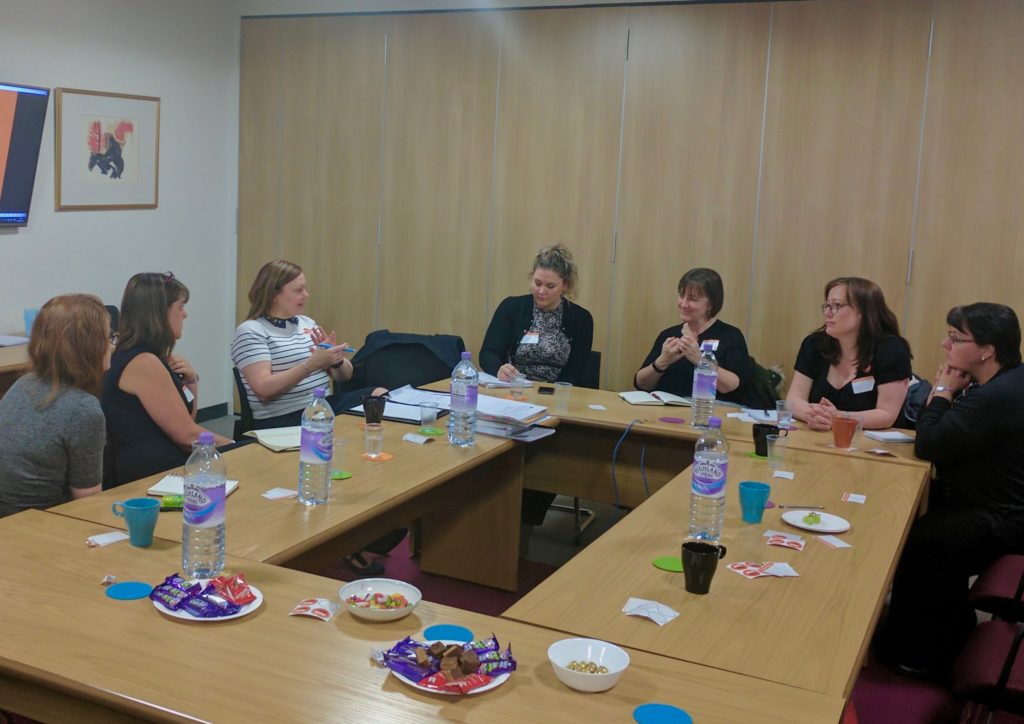
A number of attendees said they either use report writing software or are considering it. Some offered good feedback of threesixty’s new templates which are more concise and client focussed. Some firms will break their reports down into ‘strategy’ reports, where the broad financial plan is presented and these are supplemented by more focused ‘implementation’ suitability reports.
All firms used risk profiling tools, the most common being Distribution Technology. In the main, this is because many investment managers map the risk of multi-asset funds to DT’s outputs. All agreed that a risk questionnaire and results are just the starting point for a discussion about risk. We discussed the difference between risk tolerance vs capacity for loss and a few firms use cash flow forecasts to assess capacity for loss.
Both groups were interested in the options available across the region to assist with exams and keeping up to date with industry changes. Indeed, post the Powwow, several paraplanners signed up for the PFS Purely Paraplanning Conference in Glasgow on the 4th of May. The use of Twitter and the Professional Paraplanner magazine were highlighted as being good sources of information, especially with CPD being available. Several providers were also pointed out as having paraplanning specific sites, including our supporters. The Powwow Big Tent allows users to post questions to be answered by other paraplanners and came highly recommended.
With regards to exams and techniques, many felt that that the text books were not enough in isolation and each used additional resources such as Wizard Learning, Redmill Advance and Brand Financial Training, with some having engaged with Expert Pensions to provide structured plans for AF exams. Old Mutual have also offered classroom courses. Unfortunately, it’s been very much a case of finding out what’s available through word of mouth.
We also touched on what a good review process involved. We all agreed that reflecting back on the client’s original objectives was paramount, and that having a process in place to ensure these were handled correctly was vital. There was a mix across the group of how involved paraplanners were with regards to attending client meetings. It was agreed that as most are employed in small IFA firms, time constraints mean that it isn’t always feasible to attend a client meeting.
Finally, we discussed the benefits or otherwise of paraplanners holding CF30. A few attendees have CF30, primarily for ‘locum’ reasons – the client would still be able to get advice from the firm in the adviser’s absence. Some argued that CF30 makes you a better paraplanner as you develop empathy with the clients through the advice process.
Edinburgh and Glasgow will be up next.
